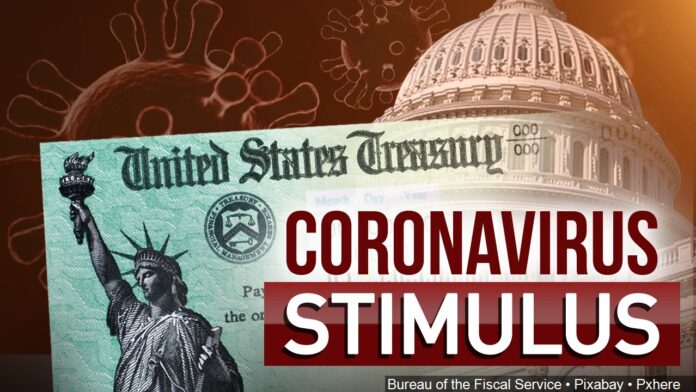Cameron County and the city of Brownsville are receiving millions of dollars through the Coronavirus Relief Funds provision of the $2 trillion CARES Act relief package signed into law March 27, though there is a disparity in how much funding counties and cities are receiving per capita depending on whether the money was distributed through the Treasury Department or through the state of Texas.
It depends on whether the recipient counties and cities have more or fewer than 500,000 residents. Texas was allotted $11.2 billion in CRF money from Treasury, with $5 billion being made available to local governments. Of that amount, Treasure has already sent $3.2 billion to the state’s six cities and 12 counties with populations over 500,000, leaving $1.8 billion to be distributed at the discretion of Gov. Greg Abbott to the remaining 242 counties and cities in those counties.
The disparity lies in the fact that the federal formula for distributing CRF money is based on $175 per head, while the state’s formula is based on $55 per head. That means Texas counties with the largest populations are receiving substantially more funding per capita than counties with smaller populations. Cameron County Judge Eddie Trevino Jr. said he doesn’t understand the reasoning behind the uneven formula and expects push-back from counties and municipalities over it.
“The concern that we realized after reviewing some of the paperwork that was issued yesterday (Monday) afternoon is that the per-capita number that they’re using … is much less than the per-capita amount under the federal reimbursement guidelines,” he said. “Somehow that just does not make sense and it’s also very unfair. We can’t understand such a different value. You still have to quantify and be able to defend each and every expenditure of those dollars to make sure that it’s COVID-related, which is what we’ve expected from the get-go. None of these funds can be used to address revenue shortfalls.”
That means the CRF funds won’t help with shortfalls from the county’s ports of entry and parks department, for example. Trevino said he hopes the next federal relief package addresses these issues, arguing that it should not be a partisan matter, since local governments led by Democrats and Republicans alike are all in the same boat in terms of fallout from the pandemic. Also, local governments should not be forced to cut vital services such as law enforcement, health, public safety and education in the midst of partisan wrangling, he said.
According to the state’s formula, Cameron County will receive $5.5 million in CRF money, with 20 percent of that (about $1.1 million) available up front and the rest through periodic reimbursement for COVID-related expenses through the rest of the year. Trevino said the money is welcome even if the county would be in line for more under a more equitable distribution. The funds will help address expenses for salary overtimes by emergency management and public health personnel, for instance, he said.
“Those people have been working their tails off and long, long hours,” Trevino said. “That would be a big, big help to us. Plus any other COVID related expenses that we’ve had as a result of all this. Yeah, it certainly will help. We’re going to need it.”
Brownsville City Manage Noel Bernal said $10.2 million in CRF money has already been allotted to the city, with 20 percent or about $2 million available up front. The remainder can be drawn down between now and the end of the year, he said, adding that a presentation to get the city commission up to speed on CRF was on the agenda for Tuesday night’s meeting. Bernal said the funds are welcome in addition to other funding the city has received, such as $7.6 million from the Federal Transit Administration, and $1.8 million from the Federal Aviation Administration to help sustain operations at the Brownsville South Padre Island International Airport.
“This is crucial, because what it’s doing is for the airport and the transit system, it’s basically allowing us to defer the subsidy that the general fund would otherwise provide for those operations,” he said. “That allows us to keep that revenue within the general fund to help offset other revenue declines in areas such as sales tax. That’s very important.
“This (CRF) funding really helps us in other areas that are also cost centers, such as public safety. That 20 percent will primarily go straight to some of our public safety costs that we already have documented. That’s a huge benefit because what it’s basically doing is allowing us to keep our budget balanced for the back end of the current fiscal year, so that we don’t have to tap into our reserve funds, so that’s the biggest thing. And also not experiencing significant declines in operations and certainly not having to get to the point of impacting non-public safety personnel.”





